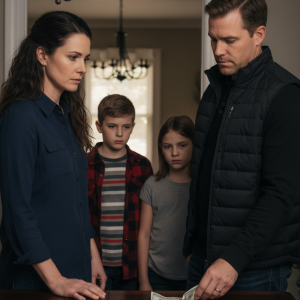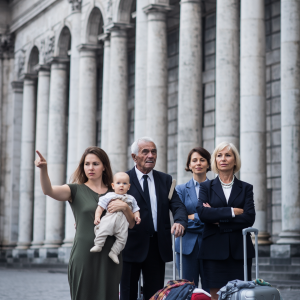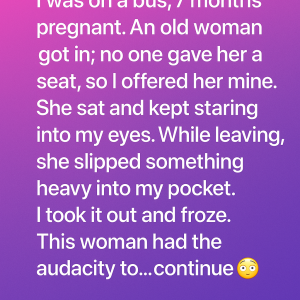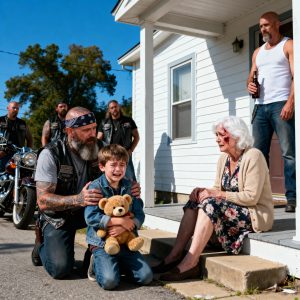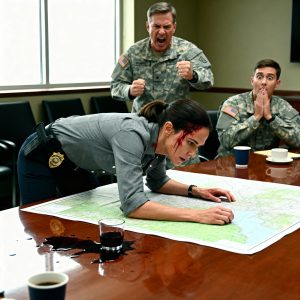In a quiet village, the funeral of a beloved man unfolded under a heavy grey sky. Friends and family stood in solemn silence around a polished coffin, the fresh grave beside it dark and damp from the morning rain. Prayers were whispered, tears fell, and the air was thick with grief.
Then, the stillness shattered.
From the edge of the nearby forest came the pounding rhythm of hooves. A chestnut horse with a striking white blaze on its forehead charged into view, galloping straight toward the gathered mourners.
Gasps rose. Some people stepped back, fearful the animal might be wild or agitated. A few shouted warnings, afraid it might trample the grave in its rush.
But just as it reached the coffin, the horse stopped.
Completely still, it stood facing the casket, eyes locked on it as if the rest of the world no longer existed. Attempts to shoo it away failed — it wouldn’t respond to voices or gestures. Its focus never wavered.
Then, in a slow, deliberate motion, the horse lowered its head and let out a deep, sorrowful whinny that sent shivers through the crowd. It raised one hoof and tapped the coffin lid. Once. Twice. As though it were trying to wake the one inside.
A murmur spread among the mourners. Someone whispered what everyone was beginning to realize:
“That’s his horse.”
The man in the coffin had raised the animal from a foal. Through storms, illness, and long years, they had been inseparable.
The horse hadn’t wandered here by accident — it had come because it knew. It had come to say goodbye.
When the service ended, the mourners began to drift away. But the horse stayed, head bowed beside the coffin, silent and unmoving.
No one tried to lead it away.
And there it remained — keeping vigil over the friend it had lost, as if unwilling to let go.

